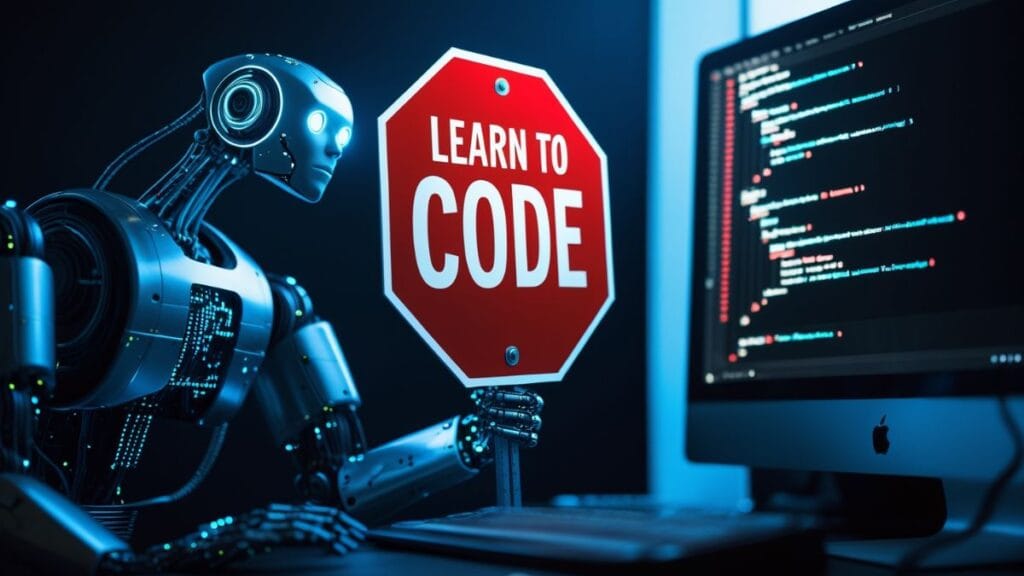With Google’s recent adoption of Anthropic’s Model Context Protocol (MCP), a new chapter in AI integration is unfolding. Google DeepMind CEO Demis Hassabis announced on April 10 that Google will add MCP support to its Gemini models and SDK, following OpenAI’s similar move just weeks earlier. This rapid industry alignment around MCP marks a turning point in how AI systems connect with data sources and tools.
What MCP Actually Solves
MCP addresses a fundamental problem in the AI landscape: the isolation of powerful AI models from the data and tools they need to be truly useful. Before MCP, developers had to build custom integrations for each data source and AI model combination, creating a tangled web of connections that became impossible to maintain at scale.
The protocol serves as a universal connector, allowing AI assistants to interact with databases, APIs, content repositories, and development environments through a standardized interface. This means an AI model can query a PostgreSQL database, search through Slack messages, or analyze GitHub code without needing separate custom integrations for each service.
The Protocol Wars: Why MCP Is Winning
The rapid adoption of MCP by industry giants signals that we’re witnessing an emerging standard rather than just another proprietary solution. Several factors contribute to MCP’s growing dominance:
First, MCP’s architecture follows a straightforward client-server model that developers already understand. Developers can build MCP servers that expose data and functionality, and MCP clients (like AI assistants) that connect to these servers.
Second, Anthropic made a strategic move by open-sourcing MCP, inviting collaboration rather than controlling it. This open approach has accelerated adoption across the ecosystem, from startups to tech giants.
Third, MCP’s timing coincided perfectly with the industry shift toward agentic AI systems that need to perform actions rather than just generate text. As Google’s Hassabis noted, MCP is “rapidly becoming an open standard for the AI agentic era.”
Alternative approaches like private APIs, function calling, and custom connectors lack MCP’s combination of simplicity, flexibility, and industry backing. While RAG (Retrieval-Augmented Generation) excels at information retrieval, MCP goes further by enabling both data access and action execution.
Security Challenges Holding MCP Back
Despite its rapid adoption, MCP faces significant security hurdles that mainstream coverage has largely overlooked. Guy Goldenberg, a Wiz software engineer, identified vulnerabilities that could allow attackers to bypass protections, access system files, and execute commands.
These security concerns arise from MCP’s powerful capabilities. When AI systems can access and modify data across multiple tools, the risk surface expands dramatically. Anthropic’s Justin Spahr-Summers acknowledged these risks, noting that “prompt injection and misconfigured or malicious servers could cause a lot of damage if left unchecked.”
The industry is actively working on solutions, with Cloudflare partnering with Auth0 and Stytch to provide authentication and authorization for MCP servers. This focus on security is crucial for enterprise adoption, where data privacy and system integrity are paramount concerns.
The Architectural Revolution
MCP represents an architectural shift in how AI systems are built. Rather than creating monolithic applications, developers can now compose AI systems from specialized components that communicate through MCP.
This architectural approach enables:
- Clear separation between AI models and the data sources they access
- Ability to swap components without rebuilding entire systems
- Specialized tools and data sources that can be shared across different AI assistants
- Incremental adoption that allows organizations to start small and expand
For technical teams, this means they can focus on building high-quality MCP servers for their specific domains without worrying about the underlying AI models. Meanwhile, AI developers can create more capable assistants without needing to reinvent integrations for common tools.
Implementation Reality Check
Despite the hype, implementing MCP in production environments presents practical challenges that many organizations are just beginning to face.
The authentication problem remains complex – determining who has access to which capabilities across multiple systems requires sophisticated identity management. Provisioning is another hurdle, as many MCP servers are currently just GitHub repositories that users need to self-host.
Santiago Valdarrama, founder of Tideily, highlights a key advantage: “Let’s say you change the number of parameters required by one of the tools in your server. Contrary to the API world, with MCP, you won’t break any clients using your server. They will adapt dynamically to the changes!”
However, this flexibility comes at the cost of predictability and control. When AI systems can dynamically adapt to changes in the tools they use, testing and debugging become more complex.
The Business Strategy Behind MCP Support
Google and OpenAI’s rapid adoption of MCP reveals strategic calculations that go beyond technical merit. By supporting MCP, these companies:
- Gain access to a growing ecosystem of third-party tools and data sources
- Position their AI models as central hubs in larger systems rather than isolated components
- Reduce the barrier to entry for enterprises looking to integrate AI with existing systems
For businesses evaluating AI platforms, MCP support now becomes a critical factor in decision-making. Platforms that support MCP can tap into a wider range of data sources and tools, making them more versatile and valuable.
What’s Missing: The Coordination Layer
While MCP excels at connecting individual AI systems with data sources, it lacks provisions for agent-to-agent communication. As one observer noted on social media, “MCP is good for agent-tool interaction, but what about agent-agent coordination protocols?”
This limitation points to the next frontier in AI system design: creating standards for how multiple AI agents can collaborate on complex tasks. As AI systems become more specialized, the ability to coordinate their activities will become increasingly important.
What MCP Means for Your AI Strategy
If you’re building AI applications or integrating AI into your organization, MCP demands attention for several reasons:
- It reduces integration costs by standardizing how AI systems connect to data sources
- It future-proofs your AI infrastructure by allowing you to swap components as technology evolves
- It enables more complex workflows by connecting AI assistants to the tools they need
For technical teams, investing in MCP server development for critical internal systems can yield significant returns by making those systems accessible to a wide range of AI tools.
The organizations that move quickly to adopt MCP will gain advantages in AI integration flexibility and speed of deployment, while those that wait may find themselves rebuilding integrations that could have been standardized.
As HubSpot founder Dharmesh Shah suggests, there’s likely a “billion-dollar startup idea” in making MCP connection and discovery easier – perhaps a “MCP.net” that serves as a central hub for finding and connecting to MCP servers.
The protocol wars may be tilting decidedly in MCP’s favor, but the battle to build the ecosystem around it is just beginning.


